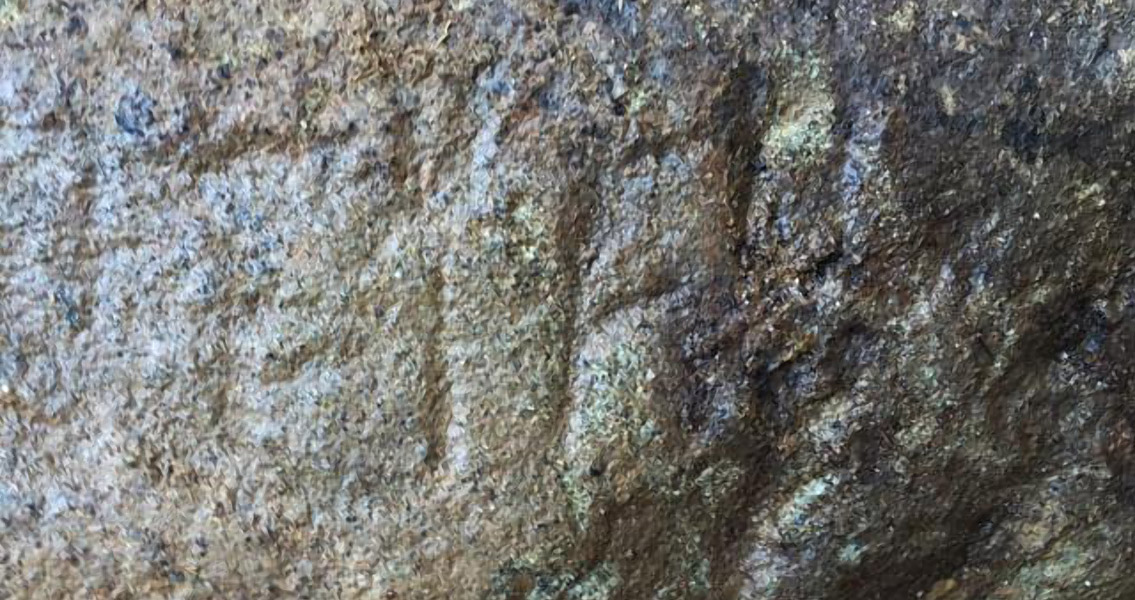<![CDATA[A new, ultra-rare Etruscan religious text, inscribed on an ancient piece of sandstone, has been discovered at an archaeological dig in Italy. The slab of sandstone, unearthed in the remains of an Etruscan temple, has been dated to the sixth century BCE. With the majority of Etruscan cultural discoveries usually being funeral objects and grave goods, the recovery of such an elusive piece of religious text – something that may hold crucial details about how the Etruscans worshiped their gods – is poised to be a major find. According to a press release from Southern Methodist University, the discovery was made by Gregory Warden, the principal investigator and co-director of the Mugello Valley Archaeological Project. Warden remarked that the likelihood of the newly-discovered text being a religious one is quite high, and might yield the kinds of information about the Etruscans’ belief system that could shed a large amount of light on a culture that, while largely lost, holds the key to many western traditions that followed. There are at least 70 letters and punctuation marks that are legible, the professor remarked. The 500-pound slab measures almost four feet in height and over two feet in width, and was discovered to be part of the foundations of a massive temple complex dating to at least 2,500 years in the past. Warden said that during the height of Etruscan primacy the slab (also called a stele) would have been displayed quite prominently and would have been part of an imposing monument to religious authority. Religion is thought to have been vitally important to the Etruscans, a culture that once held sway in ancient Rome. As a result, Etruscan culture is understood to have had a major influence on Roman architecture, art, government, religion and more. The dig site in the Mugello Valley, northeast of Florence at a specific location known as Poggio Colla, would have been a religious sanctuary, with the slab having a close connection with the early sacred life of the site. Before the construction of a large stone monument replete with Tuscan Doric columns and an oversized podium, the architecture of the site as it existed when the slab was placed would have been oval structures framed in timber, according to Warren. The archaeologist said that the find is likely to lead to great strides being made in understanding the Etruscan language, thanks to the lengthy inscriptions on the slab. Additionally, Warden remarked that as the stele is not a funerary text there will be never-before-seen words invaluable to filling in the many gaps of comprehension when it comes to the ancient, lost language. Over the coming months, a full-scale conservation and study effort will be in full swing. The process will be fully documented through techniques like laser scanning and photogrammetry. The slab itself will be carefully cleaned by conservators to glean as much information as possible. The locally-sourced sandstone has been chipped and abraded considerably, with some evidence existing that one side might have been subjected to fire.]]>
New Etruscan Religious Text Discovered in Italy
